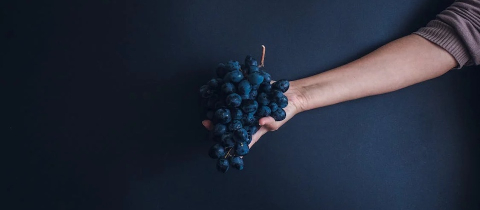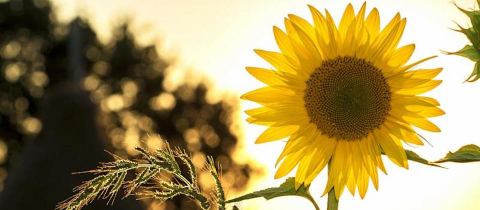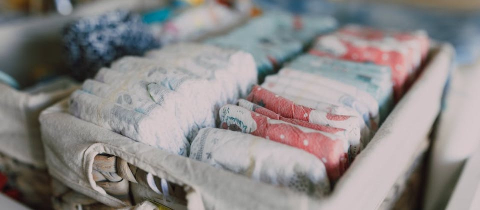By removing the grape skins after red grapes are pressed. Many people believe that red wine is made from red grapes and white wine from green grapes. They are wrong. When grapes are pressed, the juice is white, no matter what variety of grape is used. But if the juice is left in contact with red grape skins, pigments leach out of the skins and colour the wine. These pigments belong to a family of compounds called anthocyanins which are responsible for the colouration of many fruits and vegetables. If red grapes are pressed and the juice is allowed to ferment after being separated from the skins, the result is white wine, referred to as “blanc de noirs” meaning a white wine from dark grapes.
A well-known example is a variety of champagne produced from the Pinot Noir grapes. White wines can also be made from white grapes with the skins being removed before fermentation starts. Since there is no need for colour, there is no point in having the juice be in contact with the skins. Such contact would only serve to leach out tannins, compounds that add astringency and a bitter flavor to the wine. In the case of red wines, contact with the skins of course is necessary to infuse the fermenting juice with the coloured anthocyanins. But this means that tannins are also being leached out. So a prime question in red wine production is when to transfer the wine from the fermentation vessel where it is contact with skins to barrels where it is not. Leaving the juice in contact with the skins after colour has fully developed can yield too high a tannin content and is a no-no.
Now, tannins are not totally undesirable. They add body to the wine and a certain “pucker factor” that contributes to the wine-drinking experience. Tannins are complex polymers of molecules called phenols which have the capability of increasing the viscosity of saliva by linking together some of its naturally occurring proteins. Indeed, tannins extracted from plants are used to “tan” leather, a process that cross-links proteins, turning soft animal skin into a substance tough enough for shoes, belts and furniture. Vintners know that colour is a marker of the fermentation process and have traditionally used its development to judge how long to let grape juice sit in contact with skins. Early experiments to put such decisions on scientific footing resulted in the production of “wine colour cards” that featured a series of circles with different red hues for comparison with the colour of a fermenting batch of wine. The colours were based on experiments that had shown the optimal time for transfer of the fermenting juice to barrels.
Today, various sophisticated scientific instruments are available to help vintners produce high-quality wine of consistent flavour. Spectrometers can measure subtle differences in colour and pressure transducer sensors can monitor the extent to which sugar has been converted to alcohol. Amazingly, though, the best instrument for distinguishing the subtleties of wine is still the human nose, which can detect the presence of some chemicals in concentrations that defy detection by the most sensitive instrumental techniques.
As red and white wines vary in taste when sipping, so too when cooking with them. There is many a recipe where the list of ingredients calls for wine. So does it matter whether you use white or red, cheap or pricey? As far as deciding upon white or red when making that fish recipe you’ve been eyeing, yes, it does make a difference which wine you use. Because white is much less tannic than red, it can soak up much of a liquid without imparting any bitterness. Red, on the other hand, will turn bitter faster and should be used when you don’t want to reduce the liquid (except when cooking red meat over a long period of time). Then there are some recipes where the type of wine is essential, like this red-wine braised short ribs, for example, that calls for a full-body Cabernet to enhance the richness of the dish.
One of the strongest advocates for wine, was famously indulgent chef and larger than life personality Julia Child, who was known to say how much she enjoyed cooking with wine, that "sometimes, [she] even put it in the food.”
Leave a comment on the FB post!







